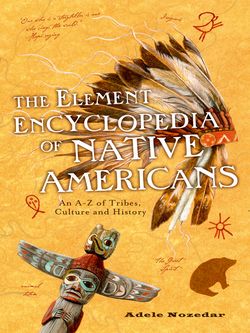Читать книгу The Element Encyclopedia of Native Americans: An A to Z of Tribes, Culture, and History - Adele Nozedar - Страница 132
COUNTING COUP
ОглавлениеThis term referred to a piece of battle etiquette, and was a very important principle. The Assiniboin, for example, believed that “Killing an enemy counts for nothing unless that person is touched or struck.”
Victory over an enemy was “certified” by the first touch of that enemy, be it with a stick, the hand, or a weapon, while he was still alive. This initial contact constituted the first “coup”. If the enemy was subsequently killed after this touch, then this was the second coup. If the enemy was then scalped to boot, this counted as three coups.
Further, touching the tipi or home of the enemy counted as a coup, and any symbols painted on it could be appropriated by the victor. Stealing the enemy’s horse, too, counted as a further coup.
The greatest honor, though, was that initial touch, that contact with the living enemy. This was considered to be even more important than the killing. Considering this logically, it takes more nerve to have physical contact with a foe than it does to kill him from a distance, say, with a bow and arrow, or with a bullet from a gun.
Feathers or pelts were worn to indicate the number, and nature of, the coups. For example the Assiniboin warrior wore an eagle feather for each enemy that he had killed. A Crow warrior would attach wolf tails to the heels of his moccasins to indicate the same thing.
